Should You Buy or Lease a Car?

Choosing which new car to buy is one of the hardest decisions to make when it comes to getting a new ride, but so is how you’re going to pay for it.
Will you pay in cash, lease the car for a few years, or get a car loan and pay it back over a period of time? If you’re still unsure about what path to take, then take a look below and learn all about your options.
CASH
Additionally, paying for the car outright liberates you from the worry of having to pay for it over an extended period of time. There are already plenty of monthly costs associated with car ownership, like insurance, gas and maintenance. Adding car or loan payments may cause a budget nightmare.
Furthermore, if you’re into personalizing or modifying your car, buying the car outright puts no restrictions on what you can or can’t do to the vehicle, which is something that can’t be said if you opt to lease.
Still, paying upfront for a car takes a huge chunk out of your bank account, and may leave you with limited funds for a rainy day, repairs or other financial situations that may arise. Additionally, since cars aren’t considered appreciable assets, paying for one in cash isn’t considered to be smart investing.
LEASE
If you’re not interested in the perils of car ownership, like long-term maintenance and repairs, or overall depreciation of your hard earned money, then leasing is a viable option for you. It’s a lot like renting, except that it’s for a much longer period of time. Automakers, banks, credit unions and finance companies are all possible destinations to get an auto lease.
Lease rates are based on the car’s estimated residual value when the length of the lease expires. When the term is up, you have to return the car and make a decision about getting another car, or paying off the rest of the car and owning it. That means that there’s no worry about selling the car, or having to deal with the depreciated cost of the car.
Not all leases require a down payment, but they do require a comprehensive insurance policy. There are often restrictions on how many miles a year you can drive the vehicle too, so it’s handy to know your driving habits before signing a lease. If you exceed the number of miles, you’ll have to pay extra upon the return of the lease. There are plenty of horror stories of vehicles being returned and the customer being fleeced for nit-picky repairs or “abnormal wear and tear.” Sometimes these invoices can come after the vehicle is returned with little chance for negotiation or explanation.
On the plus side, since a lease is usually for a short period of time, the car should be covered under warranty for any repairs that may be necessary.
The main draw of a lease is the lower monthly payment compared to a financed vehicle. Additionally if you use your car mostly for business, you can deduct your lease payments from your taxes. Additionally in most states you pay taxes on the lease payments, not the overall price of the car. If you use the car for business 50% of the time, you can deduct 50% of the lease payment. Of course if you’re going to do this, keep a detailed log of how you use your car, and the mileage that is used for business purposes. Of course, consult your accountant for more details on how much you can deduct.
Financed vehicles have limits on how much can be deducted, whereas leased vehicles do not.
Additionally, some businesses offer employees a car allowance. In this case a car lease is a great option, and allows you to have a fresh car without having to worry about the nitty-gritty of car ownership.
Finally, lease companies don’t allow any modifications on the car, making it a poor choice for the kind of car owners who like to tinker or customize their vehicles.
FINANCE
If you want to own a car, but don’t want (or can’t afford) to take the upfront cost of buying it, financing is the only option. Financing allows you to own the car after paying a monthly rate for a set period of time. You can get a loan and finance it through an automaker, union or bank.
Pay attention to the financing rate you receive, there are some offers of zero-percent interest rates (putting financing a car on par with paying with cash) but some other automakers may have inflated rates, especially on hot new cars, limited edition models and desirable luxury or sports cars.
Your credit rating affects the type of loans you can get. If you have too low of a credit score, it might be tough to get a loan term that’s attractive.
Financing also often requires a down-payment; creditors tend to ask for 10-15 percent of the total loan.
Once you get your rate and loan set, it’s important to understand that a car that you’re paying for isn’t yours until your terms are up. That means selling the car may prove to be a hassle.
Finally, while leasing does offer a lower monthly payment, and the potential for no down-payment, financing does give the perk of owning a car after the term. Then that residual value can be used as a down-payment or trade-in on a new vehicle.
Residual value is an important thing to note when it comes to financing a car. If your car gets ‘written-off’ in an accident within the first two years of the term, the amount left on the loan or the amount due leasing company may be greater than the “book value” of the vehicle. Fortunately there is coverage available to help with that potential gap. This coverage, usually called the “Waiver of Depreciation” will pay for the “written off” off vehicle plus any depreciation. It can be an added cost to financing (or leasing) a car, however, it’s usually a minimal payment.
To help new car buyers stomach the increasing cost of new cars, longer financing terms are being offered these days, but think about how you’ll feel after making car payments for five-years and still not owning it. Also, a 7 year (84 month) financing period may deliver an attractively low monthly payment, but it also means you’ll be saddled with that payment for a very long time.
THE VERDICT
Making the decision about how you’re going to pay for a car could be just as difficult as actually deciding which car to buy. Your budget and financial situation may steer you towards leasing, especially since it helps get you in a car you might otherwise not be able to afford, or want to. It’s also important to know that you can also pay cash, or finance a used vehicle, while leasing is usually reserved for brand new cars.

Sami has an unquenchable thirst for car knowledge and has been at AutoGuide for the past six years. He has a degree in journalism and media studies from the University of Guelph-Humber in Toronto and has won multiple journalism awards from the Automotive Journalist Association of Canada. Sami is also on the jury for the World Car Awards.
More by Sami Haj-Assaad




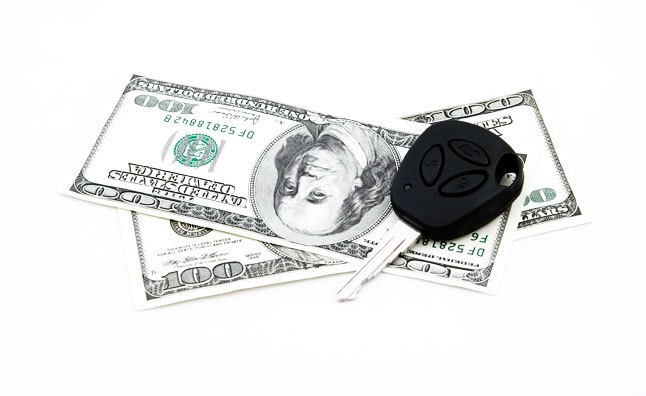

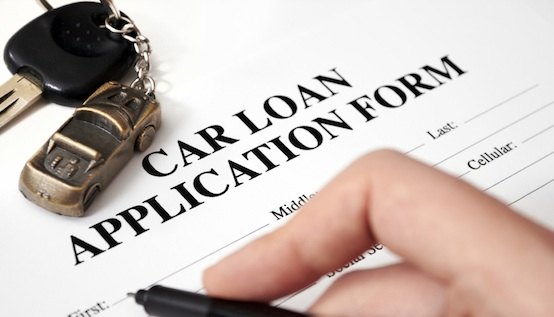














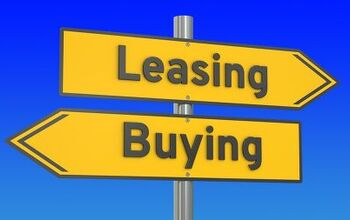


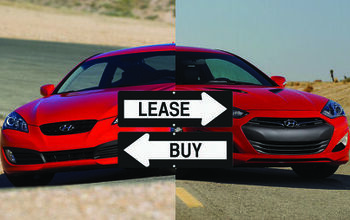


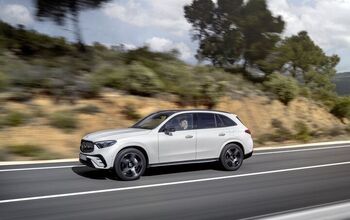


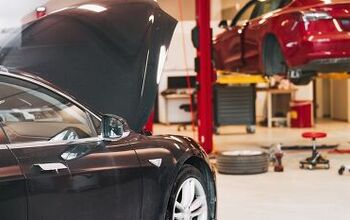
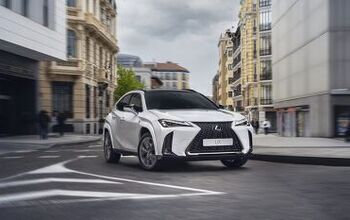

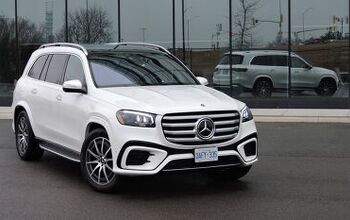

Comments
Join the conversation
Leasing is good and recommended when you typically trade vehicles in every 3 years. If you finance at 60 months and typically trade it in on year 3 or 4 you are throwing money out the door!
Great content on leasing. Check out the free Leasify iPhone app to deepen your understanding of leasing and see if you are getting a good deal.